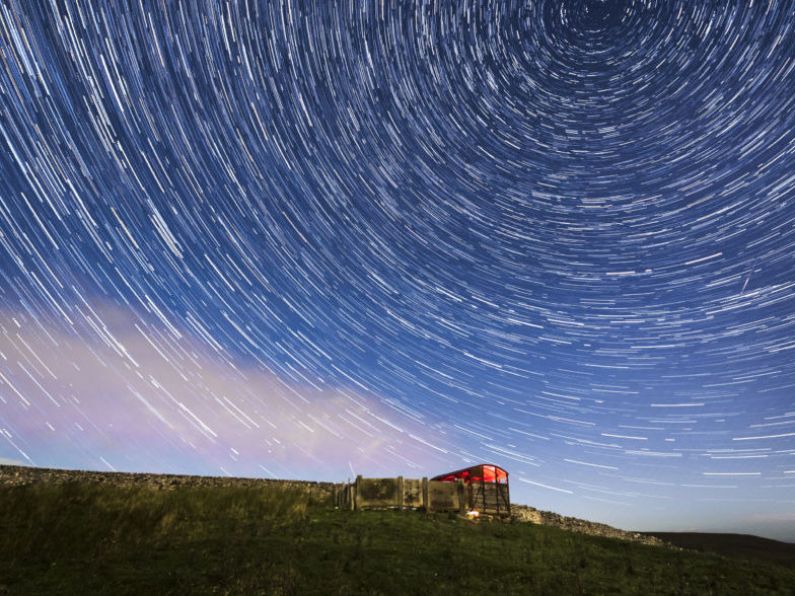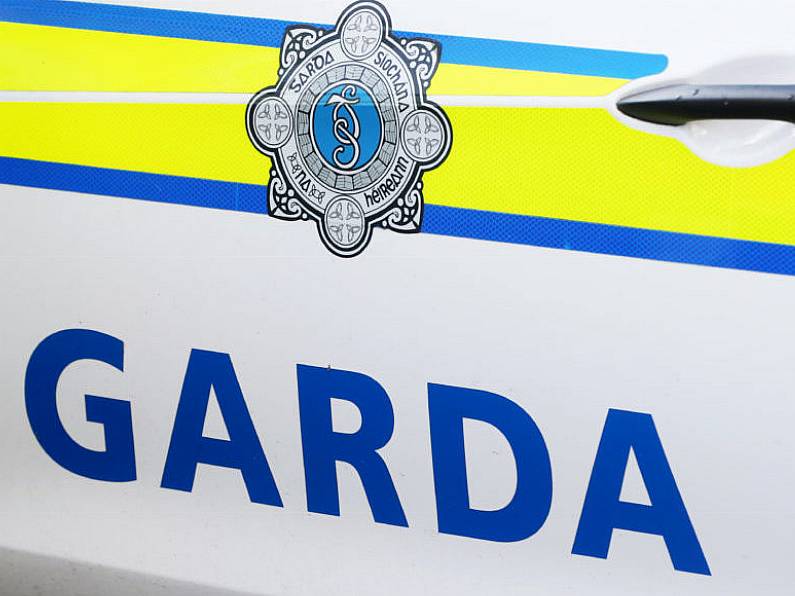Ireland is set to be wowed by one of the year's most spectacular meteor showers tonight.
The Leonid meteor shower is one of the most prolific meteor showers, often dazzling stargazers with fast, bright, flashing meteors.
While the meteor shower will continue until November 30th, the show will peak tonight between midnight and 7 am tomorrow.
The stunning spectacle is associated with the Tempel-Tuttle comet which leaves a path of debris behind it as it orbits the sun.
When Earth enters the comet's path, its trail vaporises in our atmosphere, creating streaks of light across the night sky. Often these light streaks can be caused by debris as small as a grain of sand.
Whatsmore, the chances of observing this spectacle are pretty high with a rain-free night forecast hinting at the possibility of clear skies.
The Royal Greenwich Observatory recommends that those who wish to observe the spectacle should wrap up warm and allow up to 30 minutes for their eyes to adjust to the dark sky above.
They also advise stargazers to "find a safe location away from street lights and other sources of light pollution."
The advice continued: "The meteors can be seen in all parts of the sky, so it’s good to be in a wide open space where you can scan the night sky with your eyes. But if you trace the paths that the meteors take, they seem to originate from the constellation of Leo."
PASS IT ON: The Leonid meteor shower peaks on Thursday night through the predawn hours of November 18th. Around 15 meteors will be possible per hour! #MeteorShower #Space pic.twitter.com/7H6w4qZbha
— Mark Tarello (@mark_tarello) November 16, 2022
The Leonid meteor shower follows a stunning spectacle provided by the Orionid meteor shower in October.
The Orionid meteor shower is active throughout October but peaked on October 21st, producing up to 25 meteors every hour, and remained visible until the early hours of Saturday.
The phenomenon gets its name from the Orion constellation – which is one of the brightest groups of stars in the sky.
Jake Foster, a public astronomy officer at the Royal Observatory in Greenwich, told the PA news agency at the time: “One of the things that makes this meteor shower extra special for some is that each meteor is a tiny piece of Halley’s Comet.”






